Miners on the Moon
Robotic prospectors excavating for lunar ice may change the economy of space travel.
/https://tf-cmsv2-smithsonianmag-media.s3.amazonaws.com/filer/91/06/910686d2-223e-4e1a-8b44-b1e9508cfd23/lunar_pole.jpg)
The moon is barren, but it’s not dry. In 2018, NASA announced scientists had found evidence of surface ice in the shadows of craters in the polar regions.
Those dark, frozen places beckon future explorers. Ice can be melted into water; water can produce hydrogen and oxygen; hydrogen and oxygen can be made into fuel for spacecraft venturing to the moon, Mars, and beyond.
“I’m fond of saying that water is the oil of space, just like oil and petroleum products on Earth,” says George Sowers, a professor of mechanical engineering at the Colorado School of Mines, who has 30 years of experience in the field of space transportation. “You have diesel, you have various grades of gasoline, you can use it for creating plastics and all this other kind of stuff. In space, water can be used for all different kinds of propulsion demands, from low thrust to high thrust. It makes great radiation shielding. It’s essential for life. You name it. I think the economy in space is going to run off of water.”
Sowers isn’t alone. A growing chorus of researchers, engineers, and entrepreneurs say the surest path to the final frontier is paved with ice harvested from the moon. The consensus is that an ice house on the moon feeding a space-based fuel depot can be set up without exotic, sci-fi equipment—much of the technology can be adapted from terrestrial analogs or is already in industrial use.
To be sure, the moon isn’t a hospitable place for mining. A lot of its ice is in dark, cold places. And the initial tasks of confirming the precise locations of the water and then launching the mining equipment up and out of Earth’s gravity well are daunting. But the payoff, in the form of a self-sustaining space economy, would be tremendous.
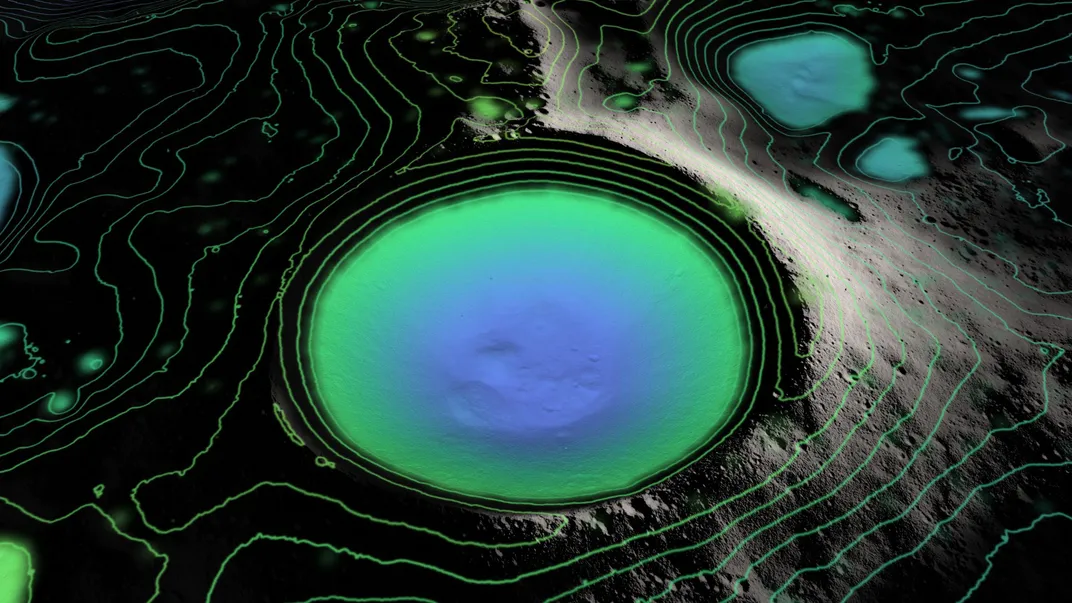
One reason that Sowers is optimistic about the prospects for lunar mining is that he has crunched the numbers. “If you had a lunar propellant available, at the prices I think that it can be offered for, then the cost to go from Earth to the lunar surface would be reduced by a factor of three,” he says. And that’s just by refueling en route. The cost to go from Earth to the Lunar Gateway—a proposed small spacecraft that would orbit the moon and serve as living quarters and a transportation hub—would be “reduced by a factor of two.” Sowers saves the best for last. “The cost to come back from the moon,” he says, “would be reduced by a factor of 70.”
If a company were to set up a lunar mining operation, after 10 years of operation, Sowers estimates, it would see returns of between 10 percent and 30 percent, depending on whether government agencies kick in some of the funding.
“I’d love to see commercial [players] kind of take the lead, with support from NASA as a customer,” says Sowers. “But the very first thing that has to happen is that we have to prove that there’s really ice there in the quantities that we think it is, that we need it to be.” The most likely places to go ice prospecting are the permanently shadowed regions at the north and south poles that never receive direct sunlight.
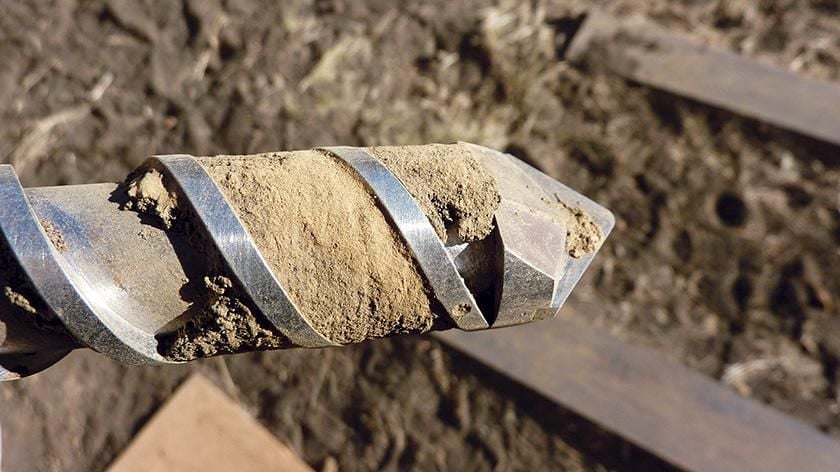
Because the moon tilts very little on its spin axis (1.54 degrees, compared to the Earth’s 23.5 degrees), its polar regions are bathed in near-continuous sunlight, except for deep depressions, such as the bottoms of craters. Between two and three billion years ago, ice began accumulating in those cold dark pits. Some of it arrived from water-rich asteroids and comets crashing into the lunar surface. Another likely source was volcanic vents—during the earliest years of the moon’s formation—that spewed gases, including water vapor. And some of it is created when hydrogen particles in the solar wind react with oxygen bound in lunar rocks, forming molecules of hydroxide and water.
Over the millennia, meteors and comets continued to bombard the moon, smashing the ice and churning up the soil, so that ice near the lunar surface now exists in the form of tiny grains mixed with regolith and sand.
At least, that’s the theory. What little we know for certain about the location of lunar ice is based on just two surveys. In 2009, NASA’s Lunar Crater Observation and Sensing Satellite (LCROSS) launched an impactor that slammed into the permanently shadowed region of Cabeus crater near the moon’s south pole, kicking up a plume of debris that contained some 26 gallons of frozen water. NASA says the mission’s data “revealed that there is perhaps as much as hundreds of millions of tons of frozen water on the moon, enough to make it an effective oasis for future explorers.” Then, in 2018, a team of researchers examined data gathered by a NASA instrument that flew aboard India’s Chandrayaan-1 spacecraft and found evidence—based, in part, on the distinct reflective properties of water and ice—of frozen patches of water scattered across the surface of both polar regions.
Ice hunters will need follow-up missions to confirm how much water ice is on the moon and where it’s located. Unfortunately, satellite data won’t do the trick, says Kevin Cannon, a postdoctoral scholar at the University of Central Florida who has written a paper for non-academics titled “Ice Prospecting: Your Guide to Getting Rich on the Moon.” Instruments aboard a satellite that rely on ultraviolet, visible, or near-infrared light to identify ice deposits can sense to only microns or millimeters. “You really don’t know if it’s just a very thin frost or if it extends deeper,” says Cannon. On the other hand, he adds, orbiting instruments that could potentially detect ice deposits beneath the lunar surface—such as radar and neutron spectroscopy—have much lower spatial resolutions, “so you can’t really constrain where exactly on the surface the ice is.”
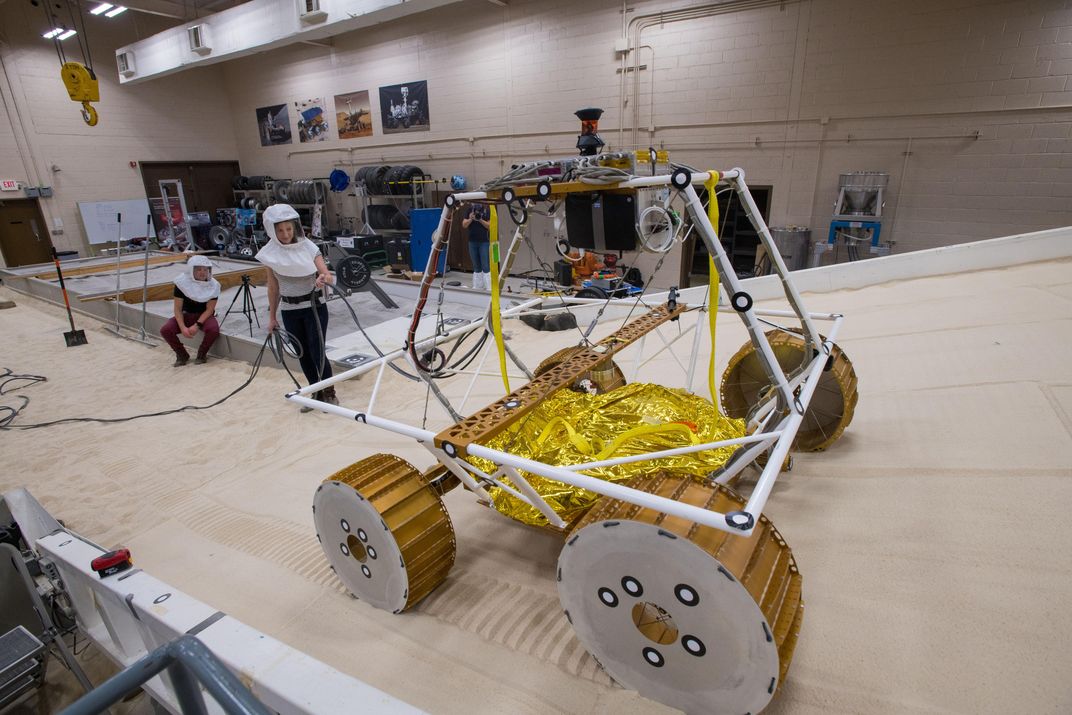
If scientists and entrepreneurs want to get serious about water prospecting, they’re going to need boots on the ground…or, more precisely, wheels on the ground. After the LCROSS data revealed the presence of ice in 2009, NASA began planning a mission to send a rover there—with mining instruments. By 2014, the Resource Prospector mission had a budget for instruments and launch, and NASA invited Japan and Canada to contribute the landing vehicle and the rover. Over the next few years, support for the Resource Prospector waned as the agency focused on Mars, and Japan and Canada withdrew. With the Trump administration’s push to return to the moon, in 2019 Resource Prospector became a new mission, VIPER (Volatiles Investigating Polar Exploration Rover). NASA is building the rover and instruments; transportation and landing craft are to be supplied by one of the companies selected for the new Commercial Lunar Payload Services program, begun in 2018 to encourage private investment in moon exploration. VIPER is scheduled to land at the lunar south pole in late 2023. The golf-cart-size rover will survey and map ice deposits in the area, hopefully providing researchers with a larger pattern of ice distribution.
One of VIPER’s instruments, originally developed for the Resource Prospector, is a one-meter drill called TRIDENT (The Regolith and Ice Drill for Exploring New Terrain). Building a drill capable of penetrating beneath the moon’s surface while operating in subzero temperatures has not been an easy task. Lunar regolith is dense and unforgiving. “Over the few billion years it became extremely compacted through meteorite impacts, which create shock waves,” explains Kris Zacny, the vice president of exploration technologies and principal investigator of VIPER’s drill at Honeybee Robotics. And, if you add ice, it can be harder than concrete.
“The biggest problem Apollo encountered during drilling was not actually drilling but pulling the drill out of the hole,” Zacny says. “Regolith is so compacted that it jammed the auger flutes.” In fact, during the Apollo 15 mission, Commander David Scott sprained his shoulder while prying out the Apollo Lunar Surface Drill to obtain a core sample.
“Machinists—when drilling a hole in metal—have the same problem; that’s why they developed so-called pecking,” says Zacny. “Peck drilling involves plunging the drill bit into metal some short distance and then retracting it to the surface to remove chips.”
TRIDENT will do the same, drilling down 10 centimeters then retracting to bring back “bites” of regolith to the surface for study before drilling into the next 10 centimeters. Engineers say this approach has multiple advantages. For starters, since each sample comes from a known depth interval, the subsurface stratigraphy can be more easily preserved and studied. Also, the drill has time to cool off between bites, helping to ensure that the drill doesn’t get so hot that it melts ice samples before they can be extracted.
On VIPER, the entire sampling system has been significantly simplified. “We are no longer delivering samples to instruments (as is done on Curiosity, for example), but instead we are placing regolith on the surface,” says Zacny. “The drill has a spout through which the regolith gravity-flows onto the surface forming a cone. The side of the cone is viewed by the MSolo Mass Spectrometer and NIRVSS Infrared Spectrometer. These two instruments provide volatile and mineralogical data.”
Since VIPER will spend a lot of time in permanently shadowed regions, it won’t be able to rely on solar energy and will have enough power for only 100 days. Future options for prospecting missions might instead use the same technology that generates electricity for NASA deep-space probes that are too far from the sun to generate solar power—for instance, a rover fitted with a rechargeable battery and a radioisotope thermoelectric generator, which provides electrical power by using heat from the natural radioactive decay of plutonium-238.
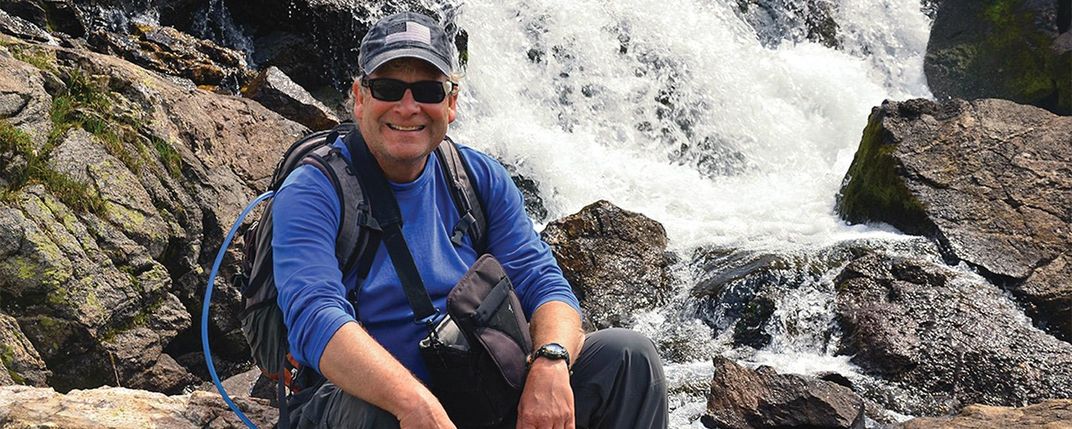
Cannon, though, doesn’t think that drilling alone will provide the necessary information. Instead, he advocates digging a trench. “The trouble with a drill is that, if you drill a hole, how representative are those results in three dimensions?” he says. “With a trench, you’re getting that three-dimensional information that I think is really what’s missing so far from our knowledge of the ice.”
And, yes, NASA has been developing a rover capable of that kind of work. The Regolith Advanced Surface Systems Operations Robot (RASSOR) is being designed to dig and haul soil. While most rovers are mobile science labs carrying sensitive instruments, NASA describes RASSOR as its “blue-collar” robot because it does the hard labor.
RASSOR will excavate regolith with two counter-rotating bucket drums fitted with toothy digging scoops, each capable of holding 60 kilograms of soil. The barrels help solve a conundrum for NASA engineers. When you push a shovel into dirt on Earth, you remain on the ground since your weight acts as a counterforce. But that’s trickier to pull off when excavating in lower gravity, especially since NASA wants the robot to be small and light enough to fly on a rocket from Earth. The rotating bucket drums solve that problem in a couple of ways. First, instead of pushing into the ground, the robot excavates a shallow trench as it moves along the ground. Also, since the two bucket drums are simultaneously rotating in opposite directions, each cancels out the digging force of the other. The technical term for all of this is a “near-zero horizontal and minimal vertical net reaction force,” and the technique keeps the robot on the surface even in low gravity.
Each pass of the RASSOR would excavate the top five centimeters of surface regolith. And while it can help search for ice as deep as one meter by passing over the same trench repeatedly, mining operations wouldn’t necessarily have to burrow very far down, at least at first.
Instead, Sowers says, it would be best to begin by harvesting the ice that is most accessible—on the lunar surface. “That ice is the equivalent of gold nuggets in the streams of Colorado,” Sowers says. “The first people in the Gold Rush came out, and they could pick nuggets up out of the streams. After a while, they’d run out of nuggets and they’d look back upstream for where the nuggets came from, and then they’d start finding the veins. Likewise, the surface ice is the first thing you do because it’s cheap and you can get product out that you can sell without breaking the bank on capital investment.” Then later, he says, as the mining operation expands, you can dig for deeper ice deposits.
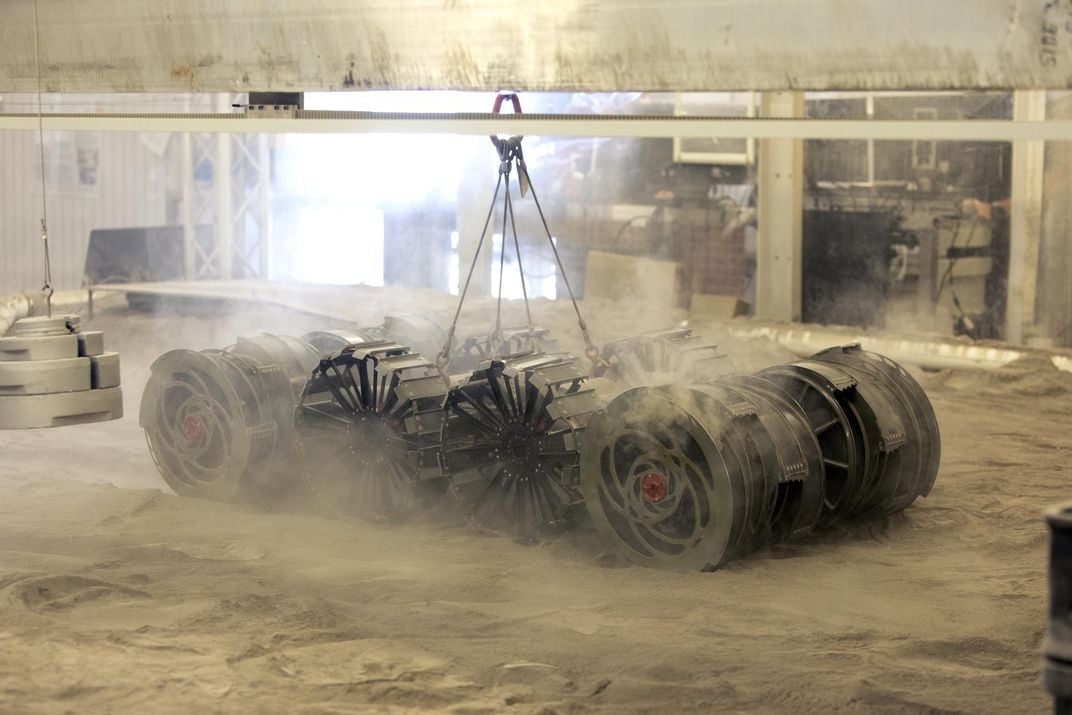
The simplest method—what Sowers calls the “brute force” approach—would be to dig up the surface regolith and extract the water by heating it in an oven. “None of that’s exotic technology. You could do that in your backyard with a shovel and a wheelbarrow,” he quips.
While that would be the simplest method, it would be costly since excavation equipment is on the bulky side. (While the RASSOR might be good for prospecting, it can’t haul enough for full-scale mining.) “If we can get the ice out without digging up the dirt, our numbers show we can save around 50 percent on the mass,” says Sowers. “That’s significant because mass is dollars, especially in space.”
Instead of digging, Sowers has proposed a process called “thermal mining” and has a NASA grant to develop it. Why dig up the ice when sunlight is available? It’s much more cost effective to use mirrors to redirect that sunlight onto the surface of the permanently shadowed regions. By placing a dome over the area that is being heated, you can trap the vapor then collect it for further processing. “If we can make that work, then you actually have a significant amount of cost savings, and that definitely helps in making it affordable and closing the business case,” says Sowers.
If a mining operation were to also use conductive rods placed in the lunar soil, the heat from the sun could melt ice as deep as 1.5 meters. Any effort to go down farther would require excavation equipment. But by that time, the miners would have built an outpost with all the necessary infrastructure, including landing and launch pads, a chemical-processing plant that turns the water into propellant, and a power source. “Once you’ve depleted the surface ice, you come in with a few additional machines at pretty low marginal costs, and you are still leveraging that investment you made in all that other infrastructure,” says Sowers.
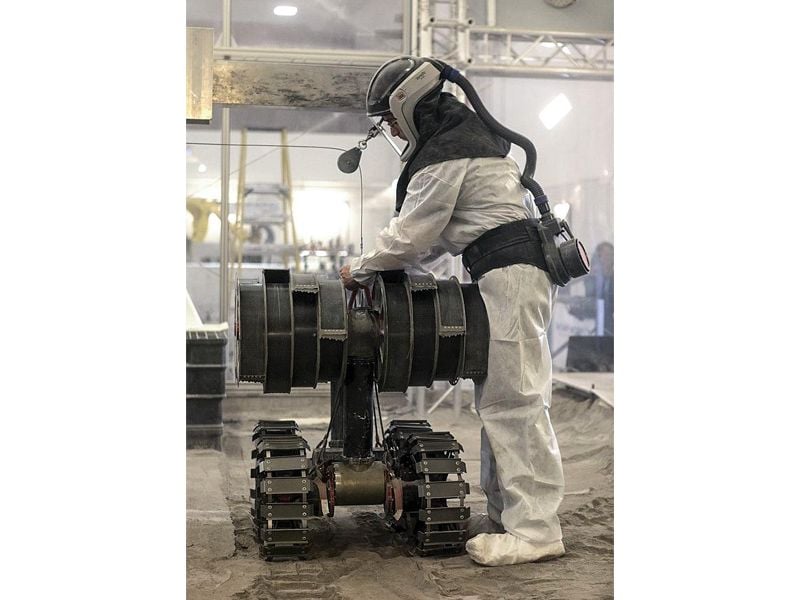
Another possible approach to thermal mining is being developed by Joel Sercel, a 14-year veteran of NASA’s Jet Propulsion Laboratory and CEO of Trans Astronautica Corporation, which is dedicated to accelerating the process of human space exploration. Sercel and his partners—including Honeybee Robotics and Jeff Bezos’ Blue Origin—have received “phase two” funding from NASA’s Innovative Advanced Concepts program to develop plans for a lunar mining outpost that would include robotic rovers, called Beetles, which extract water through a patent-pending process called radiant gas dynamic (RGD) mining, which uses a combination of radio-frequency heaters, microwave, and infrared radiation to heat permafrost and other types of ice deposits.
According to Sercel, a fleet of Beetles would each traverse to a likely spot and lower a dome measuring five meters in diameter over an area of lunar regolith. Water ice would be extracted by means of radio-frequency heaters—similar to those used on Earth to vaporize and remove chemicals from contaminated soil. Bombardment by microwaves would provide more focused heating while infrared radiation would “heat the surface of the moon so that the water just doesn’t re-condense there” as the ice is melted, says Sercel.
The mining rovers would be part of a larger, self-sustaining Lunar Polar Mining Outpost in an ice-rich region of the lunar north pole that Sercel has dubbed “New Mesopotamia,” since he sees it as the moon’s equivalent of the Fertile Crescent on Earth. Power would be provided by towers a kilometer tall, called “Sun Flowers,” with their feet of solar arrays on the dark permafrost and their lightweight reflector heads in the sun. Since the nights there last only 100 hours per year, the towers would capture sunlight 97 percent of the year.
The Beetles would drop off the harvested water at the base, where some of it would be purified and set aside as drinking water for the astronauts managing the mining site, and some of it would be broken down into hydrogen and oxygen to provide both air and propellant. The robotic rovers would run on water fuel cells, so they would, in effect, be mining their own power sources. Fuel cells could also be used to power the base during the periodic blackouts throughout the year.
Both Sercel and Sowers see the development of fuel depots on the moon as an essential first step to Mars or beyond. In fact, wherever we go in the solar system, experts agree that we will first need to make space exploration sustainable. And that will begin with a deceptively simple-sounding task: Just add water.
Harvesting Water in Perpetual Darkness
Companies mining lunar ice confront a dilemma: An ideal place to extract ice is at the bottom of deep craters shrouded in perpetual darkness. But that darkness also deprives them of easy access to sunlight for solar power. Trans Astronautica CEO Joel Sercel’s solution is an array of towers—each a kilometer tall—called “Sun Flowers” to power the outpost’s facilities. Their feet—which are solar arrays that sit on the dark permafrost—are bathed in sunlight reflected from lightweight disk-shaped heads high above in the sun. Robotic mining rovers, called “Beetles,” would run on water fuel cells.
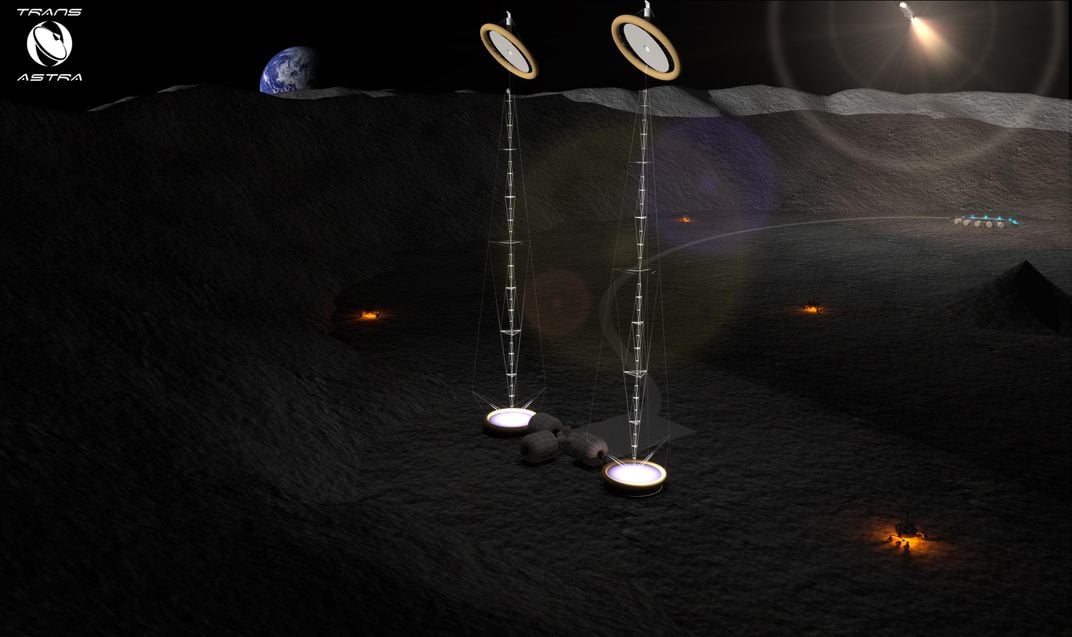
/https://tf-cmsv2-smithsonianmag-media.s3.amazonaws.com/accounts/headshot/mark-strauss-240.jpg)
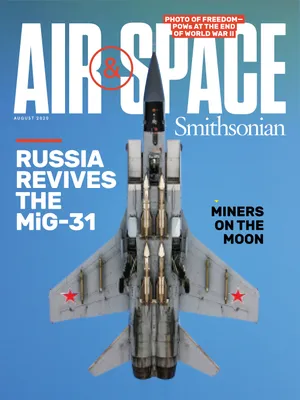
/https://tf-cmsv2-smithsonianmag-media.s3.amazonaws.com/accounts/headshot/mark-strauss-240.jpg)